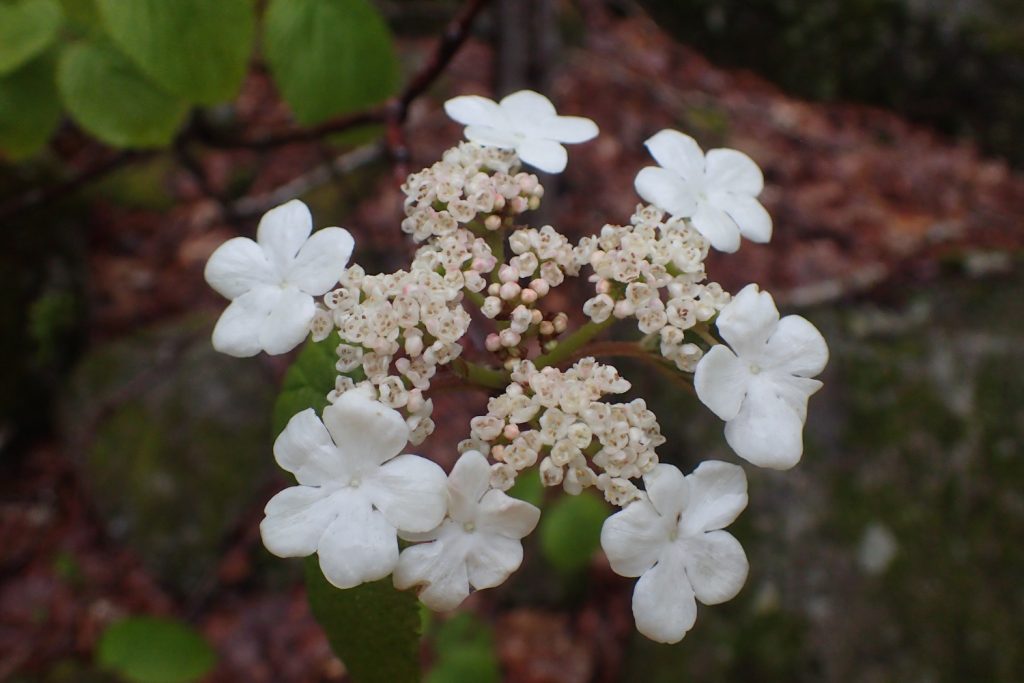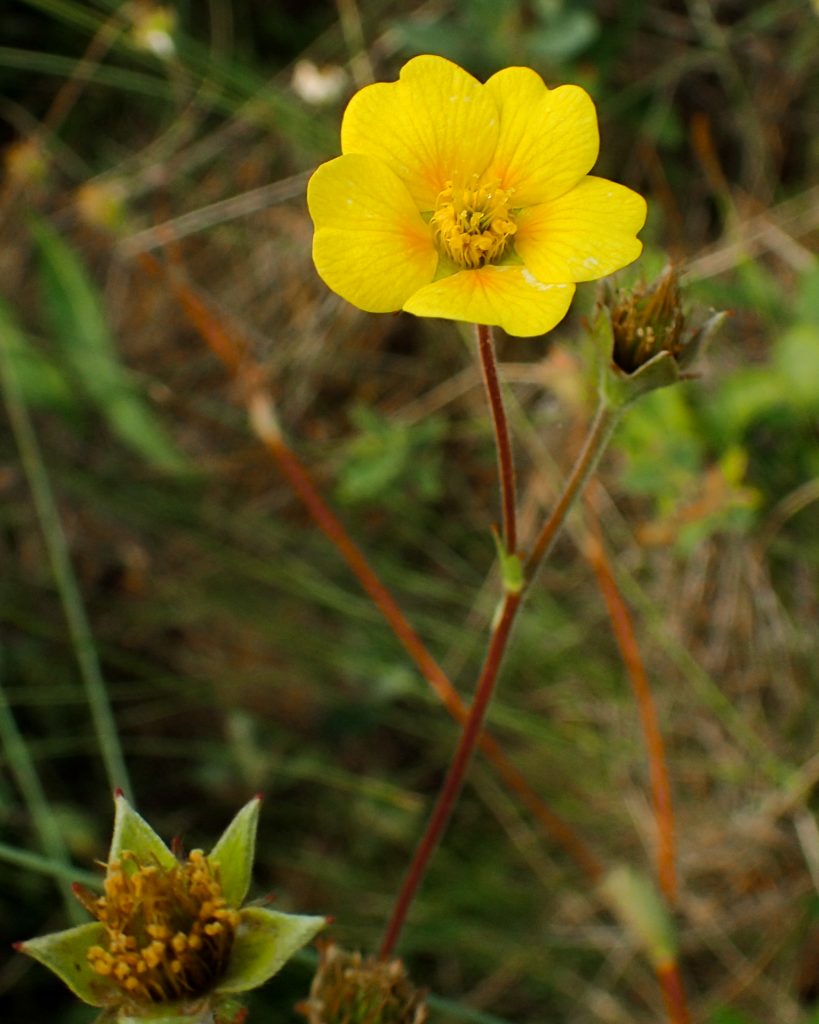 Field Trip starts at the Yellow Birch Trailhead 9:00AM May 27. We will follow Sandy Cope trail (solid red line) then the trail to Meguma Falls (dotted line). The Sandy Cope Trail is easy and the Meguma Falls Trail is moderate. Some may wish to only do the easier part of the trail.
Field Trip starts at the Yellow Birch Trailhead 9:00AM May 27. We will follow Sandy Cope trail (solid red line) then the trail to Meguma Falls (dotted line). The Sandy Cope Trail is easy and the Meguma Falls Trail is moderate. Some may wish to only do the easier part of the trail.
To get there from Halifax: Drive to Truro,take exit 14A turn Right onto Onslow Road ( NS 2) and drive 3.7 Km at a Flashing Yellow light turn left onto Hwy 311. Drive about 26 km,and turn right onto Kemptown Road. Drive about 5 km on the Kemptown Road. The Gully lake Wilderness Trail Head will be on your left. There is limited Parking for cars; if full, park on the roadside. Do not block the entrance as this is also a Gated fire road. We will access the trails from the fire road., and return along the fire road.
We should arrive by 09:00 hrs.

 Trip is now confirmed. Meet at the Carpool Parking lot near exit 4 at St Croix at 10:o0hrs. : Take exit 4 at St Croix go to the Evangeline Trail, turn left (marked exit to Halifax), drive about ½ km to the carpool site, gravel road near Hwy 101, exit to Halifax is on the opposite side of the 101. Do not drive under the highway as you will have gone too far. The carpool site is off the gravel road adjacent to the 101 on the St Croix side of the 101. We will meet there.
Trip is now confirmed. Meet at the Carpool Parking lot near exit 4 at St Croix at 10:o0hrs. : Take exit 4 at St Croix go to the Evangeline Trail, turn left (marked exit to Halifax), drive about ½ km to the carpool site, gravel road near Hwy 101, exit to Halifax is on the opposite side of the 101. Do not drive under the highway as you will have gone too far. The carpool site is off the gravel road adjacent to the 101 on the St Croix side of the 101. We will meet there. Nova Scotia is fortunate to be the home of a large, disjunct population of Atlantic Coastal Plains plant species. For most of these species, specialized habitats in South-West Nova Scotia are the only places in Canada where they can be found. The next nearest occurances can be in Massacheusetts, New Jersey or even the Carolinas. This field trip is a chance to learn about and see many of these rare plants when they are in bloom.
Nova Scotia is fortunate to be the home of a large, disjunct population of Atlantic Coastal Plains plant species. For most of these species, specialized habitats in South-West Nova Scotia are the only places in Canada where they can be found. The next nearest occurances can be in Massacheusetts, New Jersey or even the Carolinas. This field trip is a chance to learn about and see many of these rare plants when they are in bloom.


 One of the best sources of ethically grown native plants is the Native Plant Sale at the Harriet Irving Botanical Gardens at Acadia University in Wolfville. This year it is on Saturday June 3. I need to confirm the times, but I believe it is between 9:00AM and 1:00PM – and some of the limited stock often sells out early.
One of the best sources of ethically grown native plants is the Native Plant Sale at the Harriet Irving Botanical Gardens at Acadia University in Wolfville. This year it is on Saturday June 3. I need to confirm the times, but I believe it is between 9:00AM and 1:00PM – and some of the limited stock often sells out early.










